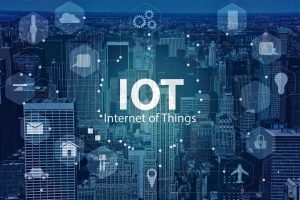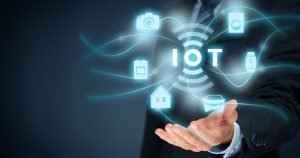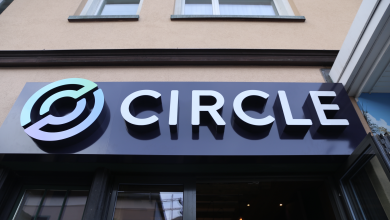Introduction
The Internet of Things (IoT) is a network of physical devices, vehicles, home appliances, and other objects that are embedded with sensors, software, and connectivity that enable them to collect and exchange data.
What is the IoT?
The IoT refers to a network of physical devices, vehicles, home appliances, and other objects that are embedded with sensors, software, and connectivity that enable them to collect and exchange data.
Impact of IoT on Society
Society has been impacted by the IoT in numerous ways. Smart homes have been transformed into a new type of living environment with smart thermostats, smart lighting systems, and smart locks. Healthcare has also been revolutionized by the IoT. Wearable devices such as fitness trackers and smartwatches have made it easier to monitor vital signs, track medication schedules, and provide real-time feedback to patients and healthcare providers.
The IoT is making cities smarter, with connected devices such as traffic sensors, air quality monitors, and smart streetlights providing real-time data that can be used to optimize traffic flow, reduce pollution, and improve public safety. Additionally, the IoT is transforming industries with connected devices such as sensors and robots improving efficiency, reducing downtime, and optimizing production.

Challenges of IoT
The IoT does, however, pose several challenges. Security is a major concern, and device manufacturers need to implement robust security measures to protect against cyberattacks. Privacy is another concern, as the IoT generates a lot of data, and there are concerns about how this data is being collected, stored, and used. Interoperability is also a challenge, as ensuring that all devices and platforms can communicate with each other can be difficult. Complexity is another issue, as managing all the connected devices and data can be challenging, requiring new skills and expertise in data analytics and cybersecurity. Lastly, energy consumption is a concern, as the IoT requires more energy to run, which could lead to higher energy demands and associated environmental impacts.

IoT in Smart Homes
Smart homes are one of the most significant areas where IoT is making an impact. Smart thermostats, for example, can learn users’ preferences and adjust temperature settings accordingly. Additionally, smart lighting systems can be controlled remotely via smartphone apps, and smart locks can be unlocked remotely. These devices allow homeowners to control their homes from their smartphones, tablets, or other devices, making it easier to manage energy consumption. Increase security, and automate tasks.
IoT in Healthcare
The IoT is also revolutionizing healthcare. Wearable devices such as fitness trackers and smartwatches can monitor vital signs, and track medication schedules. And provide patients and healthcare providers with real-time feedback. These devices allow for more personalized care and can lead to better health outcomes. Additionally, IoT can help healthcare providers identify potential health issues and address them before they become more severe.
IoT in Smart Cities
Smart cities are another area where the IoT is making a significant impact. Connected devices such as traffic sensors, and air quality monitors. And smart streetlights can provide real-time data that can be used to optimize traffic flow and reduce pollution. And improve public safety. These devices can help city planners and policymakers make better-informed decisions and improve the quality of life for residents.

IoT in Industrial Settings
The IoT is also transforming industries. In manufacturing, for example, sensors can monitor equipment performance and detect potential issues before they cause a breakdown. This can help manufacturers reduce downtime and optimize production. Additionally, connected devices such as robots can help automate processes and improve efficiency.
Conclusion
In conclusion, the Internet of Things is rapidly transforming how we live, work, and interact with the world around us. Smart homes, healthcare, smart cities. And industrial settings are just a few examples of the areas where the IoT is making a significant impact.





